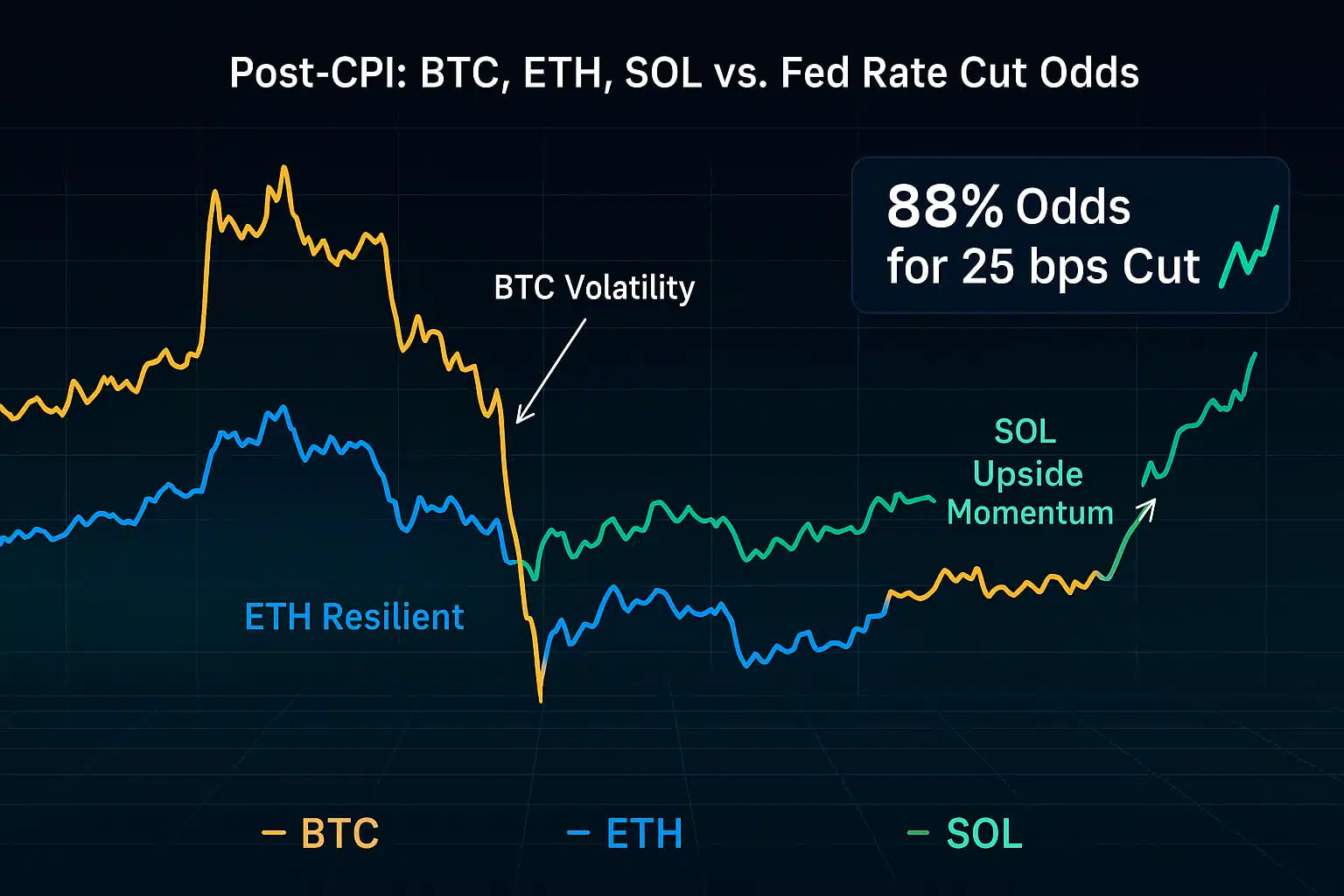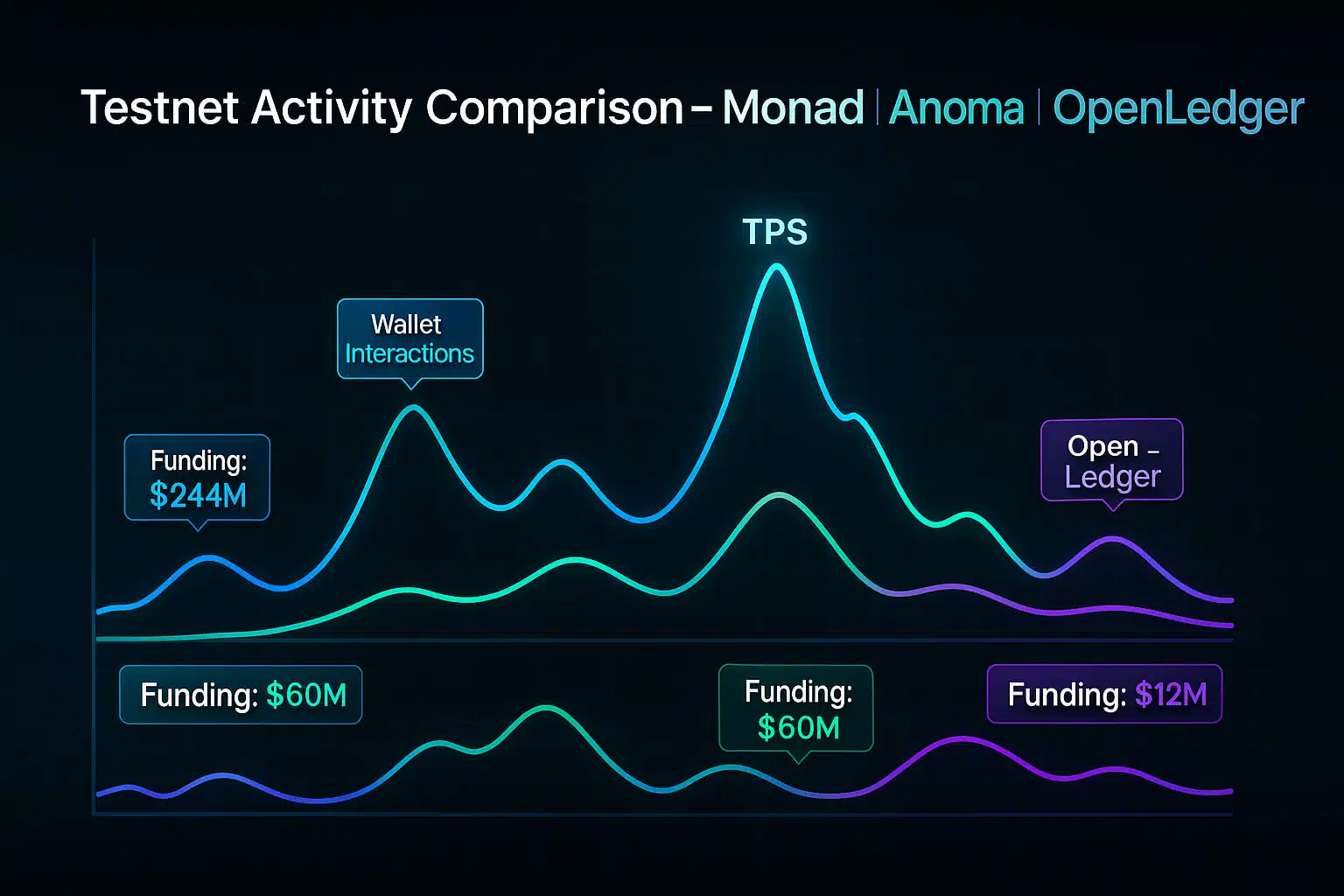The Evolution of Crypto Airdrops: From Early Days to Modern Practices
Crypto airdrops have become a popular method for distributing tokens and engaging communities within the cryptocurrency industry. This article takes a historical perspective on the development of airdrops, tracing their origins, major milestones, and current practices in the crypto space.
The Origins of Crypto Airdrops
Early Airdrops
The concept of crypto airdrops began in the early days of blockchain technology as a way to distribute free tokens to a broad audience. The primary goal was to increase awareness and adoption of new projects.
Example:
- AuroraCoin (AUR): One of the earliest airdrops, AuroraCoin distributed 50% of its total supply to Icelandic citizens in 2014.
- Link: AuroraCoin
Major Milestones in Airdrop History
Bitcoin Forks
The Bitcoin forks marked significant milestones in the evolution of crypto airdrops. These forks resulted in the creation of new cryptocurrencies distributed to existing Bitcoin holders.
Example:
- Bitcoin Cash (BCH): In 2017, Bitcoin Cash was created through a hard fork of Bitcoin, and BCH tokens were distributed to Bitcoin holders.
- Link: Bitcoin Cash
ICO Boom
The Initial Coin Offering (ICO) boom of 2017 and 2018 saw a surge in the use of airdrops as a marketing tool. Projects distributed free tokens to attract investors and build communities.
Example:
- OmiseGO (OMG): OmiseGO conducted an airdrop in 2017, distributing OMG tokens to Ethereum holders to boost its visibility and user base.
- Link: OmiseGO
Modern Airdrop Practices
Governance Tokens
In recent years, the distribution of governance tokens has become a prevalent practice in the DeFi (Decentralized Finance) space. These tokens allow holders to participate in project governance and decision-making.
Example:
- Uniswap (UNI): Uniswap’s airdrop of UNI tokens to early users in 2020 is one of the most notable examples of governance token distribution.
- Link: Uniswap
Staking and Yield Farming
Modern airdrops often involve staking and yield farming, where users earn rewards by locking up their tokens or providing liquidity to DeFi protocols.
Example:
- SushiSwap (SUSHI): SushiSwap incentivizes liquidity providers through airdrops of SUSHI tokens, promoting participation in its ecosystem.
- Link: SushiSwap
The Evolution of Airdrop Strategies
Community Engagement
Over time, airdrop strategies have evolved to focus more on community engagement and long-term participation. Projects now design airdrops to reward active community members and contributors.
Example:
- 1inch (1INCH): 1inch distributed tokens to users who had actively participated in their platform, fostering a loyal community.
- Link: 1inch
Anti-Scam Measures
As the popularity of airdrops has grown, so have the associated risks, such as scams and fraudulent activities. Modern airdrop practices include rigorous verification processes to ensure the legitimacy of participants.
Example:
- Polkadot (DOT): Polkadot employs KYC (Know Your Customer) procedures in its airdrops to verify user identities and prevent fraud.
- Link: Polkadot
Conclusion
The evolution of crypto airdrops reflects the dynamic nature of the cryptocurrency industry. From early airdrops aimed at increasing adoption to modern practices focusing on community engagement and governance, airdrops have become a critical tool for projects to distribute tokens and build communities. Understanding the history and development of airdrops can provide valuable insights into their current and future applications.
For more detailed insights into the world of crypto airdrops and other cryptocurrency strategies, visit our comprehensive crypto guides. Stay updated with the latest news and developments by checking out our news page.
Maximize Your Crypto Potential with Bybit
For an enhanced trading experience, consider Bybit. Sign up using our referral link to unlock exclusive rewards, including up to $30,000 in deposit bonuses, and elevate your trading journey.

















